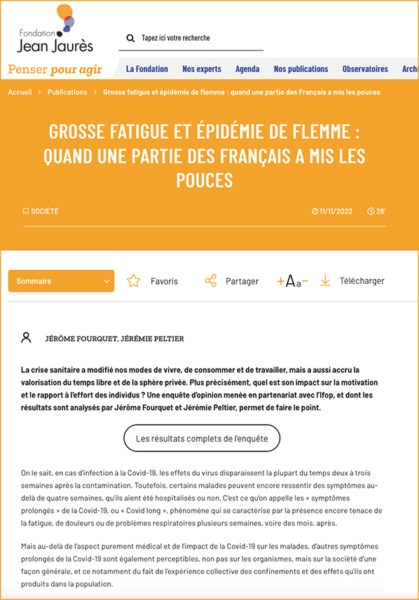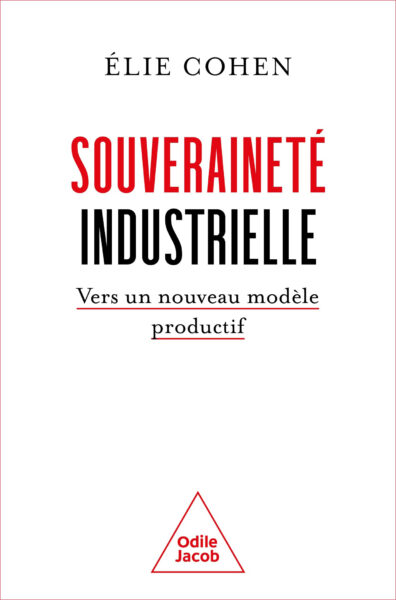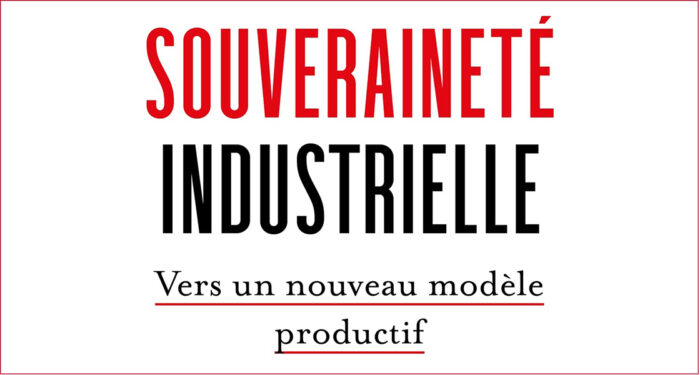This article by Gilles Le Blanc is the first in a series of eight aimed at responding to the “Territories 2040” foresight exercise, launched in 2009 by DATAR (Délégation interministérielle française à l’aménagement du territoire et à l’attractivité régionale), and at showing what lessons can be learned from that work. In this first instalment, the analysis is directed at the dynamics of industrial territories.
After briefly rehearsing the approach and method used in the “Territories 2040” exercise, Gilles Le Blanc reports on the foresight study carried out on industrial territories. He first defines what is covered by the notion of “industrial territories” (on the basis, among other things, of a “geography of industrial and productive activities”), then specifies the main factors affecting the development of those territories and the range of problems associated with them (particularly the issues of company boundaries and innovation). He then presents the four scenarios imagined for the industrial territories up to the year 2040, entitled respectively: “Green Industrial Reconstruction”, “Effervescence”, “Citadels” and “Alternative Industrialization”. He goes on to stress the main issues associated with these scenarios in terms of public policy and spatial planning, emphasizing in particular the possible uses of the scenarios, the geography of industrial and productive activities that would ensue from these scenarios up to 2040 and, lastly, the key factors, the risks and threats related to each scenario.


